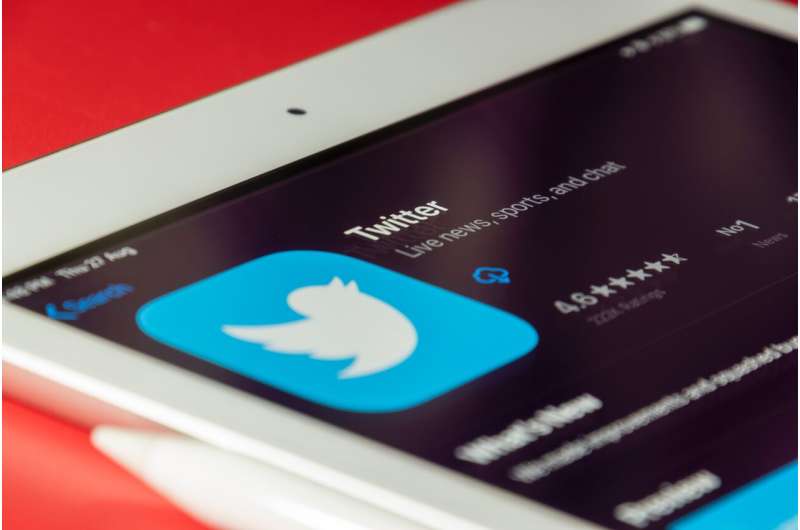July 1, 2022 report
How managers of social media platforms could slow the spread of misinformation

A team of researchers at the University of Washington's Center for an Informed Public has found social media platform managers could dramatically reduce the spread of misinformation on their sites by combining just a few simple measures. In their paper published in the journal Nature Human Behavior, the group used Twitter data associated with the 2020 presidential election to create a model capable of predicting the spread of misinformation. The editors at Nature Human Behavior have also posted a short summary of the findings by the group in the same journal issue.
Over the past several years, people and organizations have recognized the danger of viral misinformation on social media platforms—tweets and posts making false claims about COVID-19 vaccines, for example, led to millions of people refusing to get vaccinated, prolonging the pandemic. Because of such dangers, the managers of social network platforms have come under pressure to reduce the spread of misinformation. They have responded by taking measures such as banning bad actors, removing misleading posts, or adding warnings. But the researchers of this new study suggest that while such measures have had some success, they ultimately fail because they tend to see diminishing returns. They suggest a better approach is to combine multiple measures.
To find out the best way to combat the spread of misinformation, the researchers obtained Twitter data for the period from September 1 to December 15, 2020. They sifted through the data, pulling out 23 million tweets related to the U.S. presidential election. They then used software to find the ones that led to viral events. The researchers then created a model similar to those used by epidemiologists to predict the spread of diseases. They then used the model to isolate scenarios that led to the spread of information, and by extension, the spread of misinformation. They were able to see that applying all of the tools available to site managers at the same time worked the best in reducing the spread of misinformation.
The researchers suggest that sites such as Twitter could slow the spread of misinformation by removing it as soon as it is identified, by suspending repeat offenders and by putting warnings on posts that are not bad enough to remove but could still pose problems—all at the same time. By combining these measures, the researchers suggest misinformation could be reduced on such sites by approximately 53%.
More information: Joseph B. Bak-Coleman et al, Combining interventions to reduce the spread of viral misinformation, Nature Human Behaviour (2022). DOI: 10.1038/s41562-022-01388-6
Modest interventions complement each other in reducing misinformation, Nature Human Behaviour (2022). DOI: 10.1038/s41562-022-01389-5
Journal information: Nature Human Behaviour
© 2022 Science X Network




















